- Home
- Best Pet for Me List
- Bearded-Dragons
Bearded Dragons
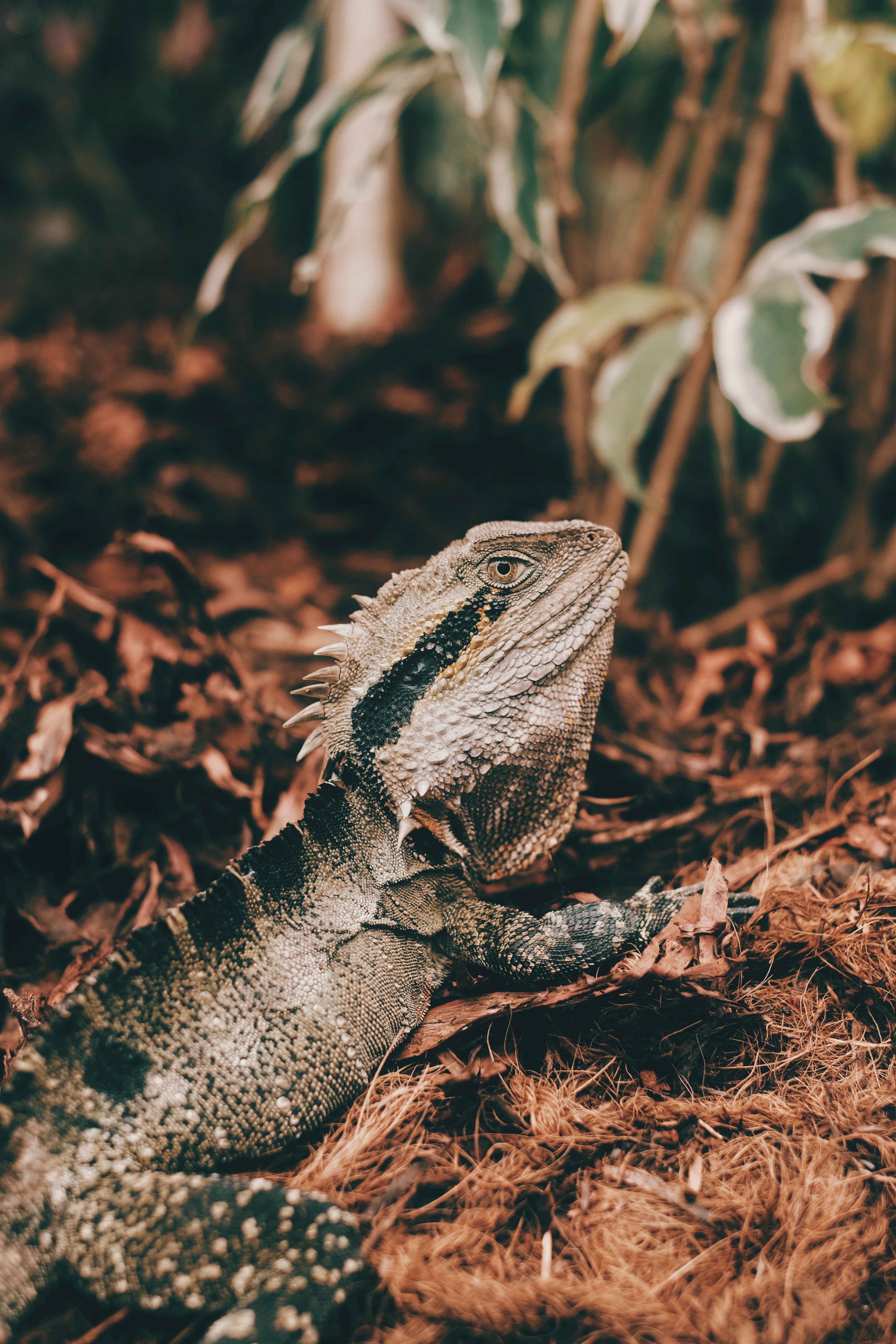 Photo by Valeriia Miller: https://www.pexels.com/photo/brown-and-black-bearded-dragon-on-brown-dried-leaves-4712871/
Photo by Valeriia Miller: https://www.pexels.com/photo/brown-and-black-bearded-dragon-on-brown-dried-leaves-4712871/Bearded dragons have quite a cool name don't they? They are not that hard to care for and sometimes become quite cuddly, for a reptile.
Dangerous?
No. They do have a small amount of venom, but they rarely bite. The venom is only a problem for a human if the human is allergic to it. Handle a dragon carefully, don’t hand feed it, and understand when it is getting upset so you can leave it alone. That way the chances of ever getting bitten is lower than it already is.
Like People?
Yes! They are very sociable and docile. They are easy to tame and respond well to their humans
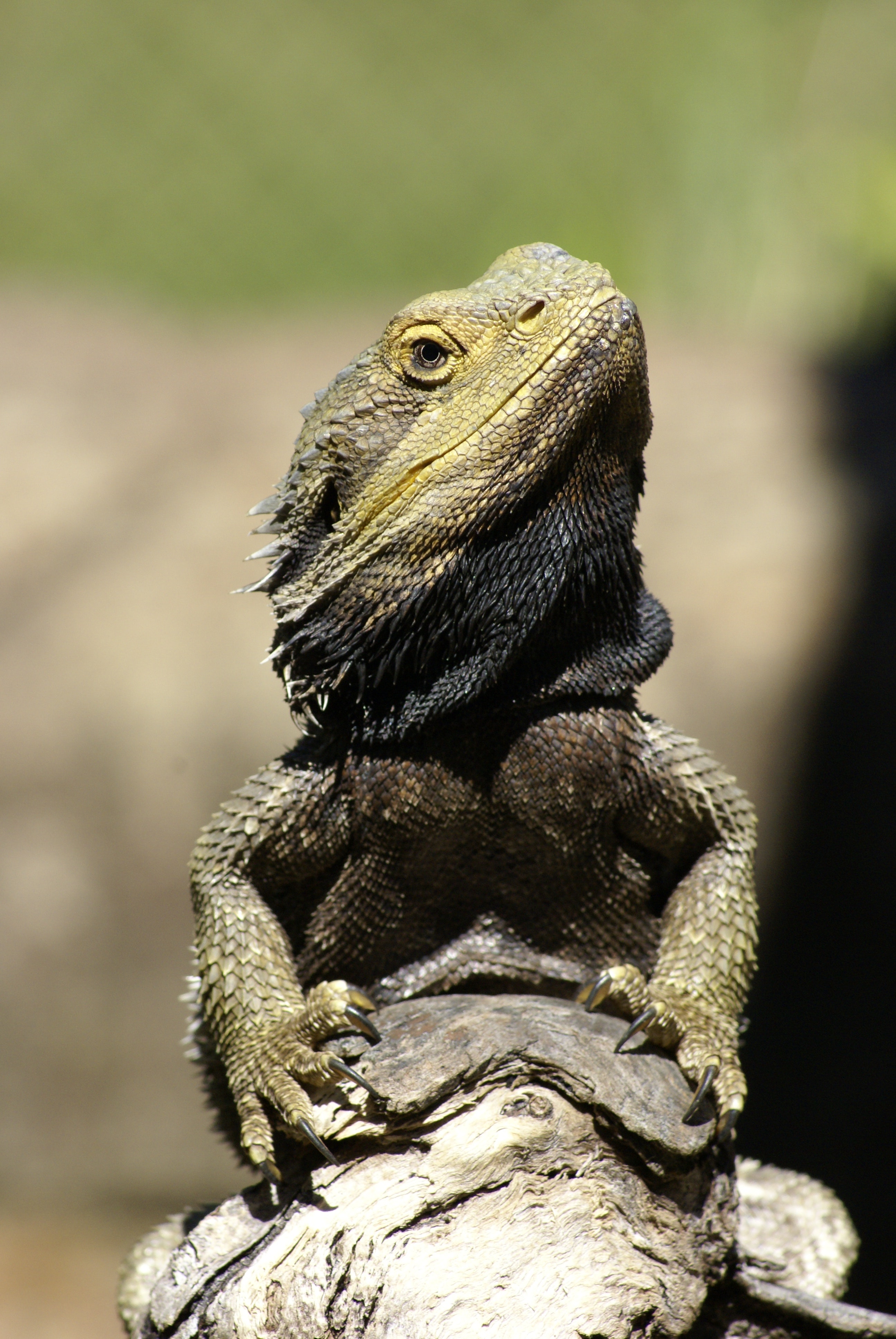 Photo by Viktor Juncker: https://www.pexels.com/photo/bearded-dragon-on-rock-7322660/
Photo by Viktor Juncker: https://www.pexels.com/photo/bearded-dragon-on-rock-7322660/Sleep
Bearded dragons are active during the day and sleep at night.
Size
Adults will grow to be about 18-22 inches long, including their tails.
Temperature and Humidity
The cool part of the cage should be about 75-80 degrees F and the warm part should be 90-100 degrees F. You can use a heating lamp outside the cage or a reptile heating mat under the cage for warmth. You should not use heated rocks because they could burn the dragon.
Humidity should be between 35-40%
Night time temperature and light should be lower than in the daytime.
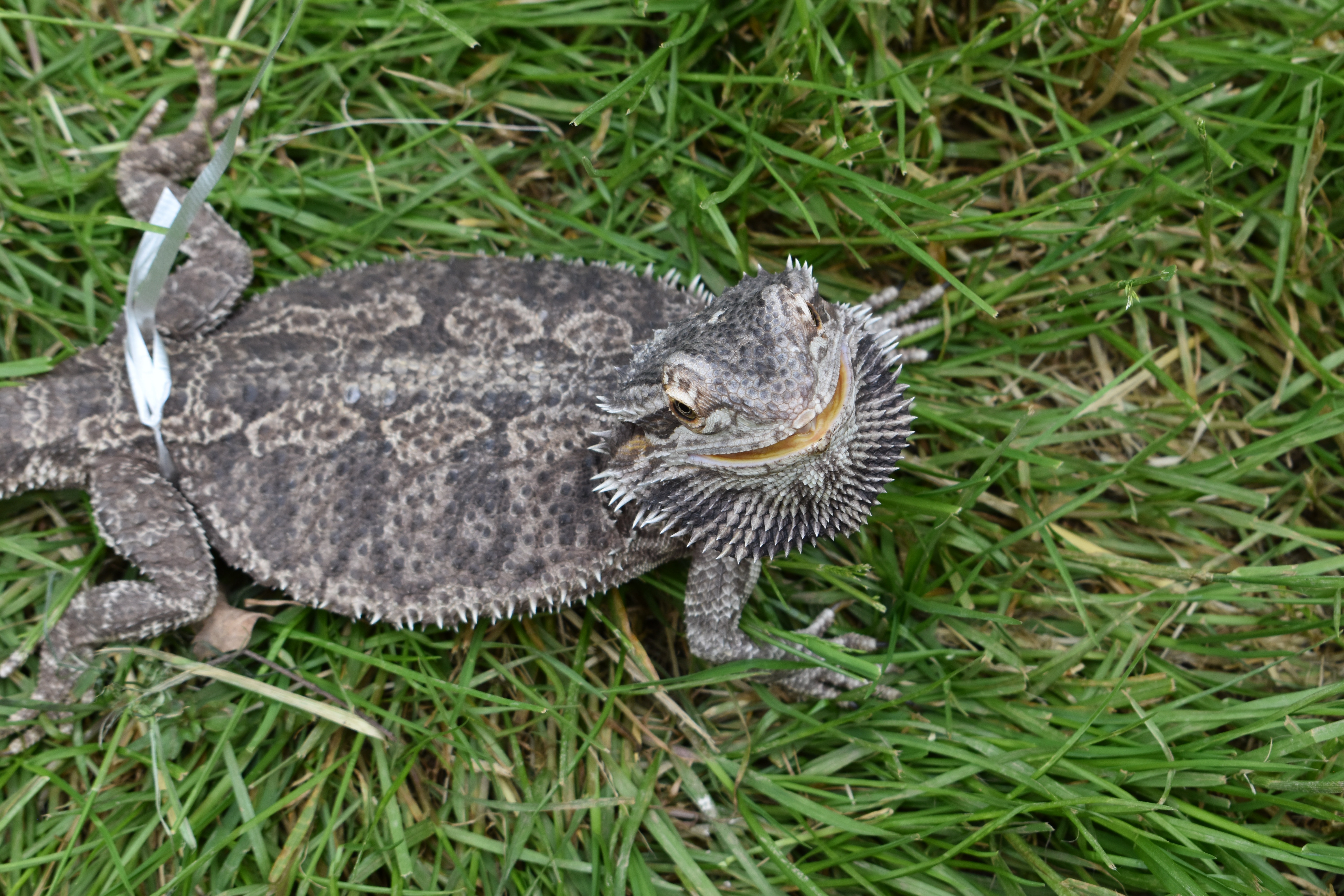 Photo by Marilyn: https://www.pexels.com/photo/eastern-bearded-dragon-on-green-grass-11931024/
Photo by Marilyn: https://www.pexels.com/photo/eastern-bearded-dragon-on-green-grass-11931024/Habitat
An adult bearded dragon should have a 60 or 100-gallon tank as their cage. The length of the enclosure should be at least three times the length of the dragon’s body and the width should be at least 16 inches so the dragon can easily turn around. A secure wire lid should be in place.
They should have rocks and branches to climb on and to lounge on. They will enjoy hiding places. A box, a hollow log, or a clay pot will work, in addition to structures you can get at a pet store specifically designed as reptile hiding places.
You will need a source of heat and UV light
They are fine with being alone, but if you have two, it should not be two males. Even two females might start fighting, so be sure they can get along if you keep them in the same cage.
You can use paper bedding products or reptile carpet to line the bottom of the cage.
Diet
Bearded dragons are omnivores so they eat both plants and animals. Young dragons will eat more insects and older ones will want more vegetables. Younger ones should eat at least once a day while the older ones can go 2 or three days between meals. Dark green leafy vegetables and flowers are best with occasional fruits. Crickets, mealworms, and roaches are good choices for insects. Avoid insects that are high in fat. It is best to feed dragons insects that come from the store, rather than those caught by you because the home-caught ones might have a lot of insecticide in them. A Light dusting of calcium, vitamins, and other minerals on their food may occasionally be a good thing for your dragon.
Food and water should be given in a shallow dish. You can also mist the leaves of any plant in the habitat so the dragon will get hydration from that. You can even mist the dragon directly.
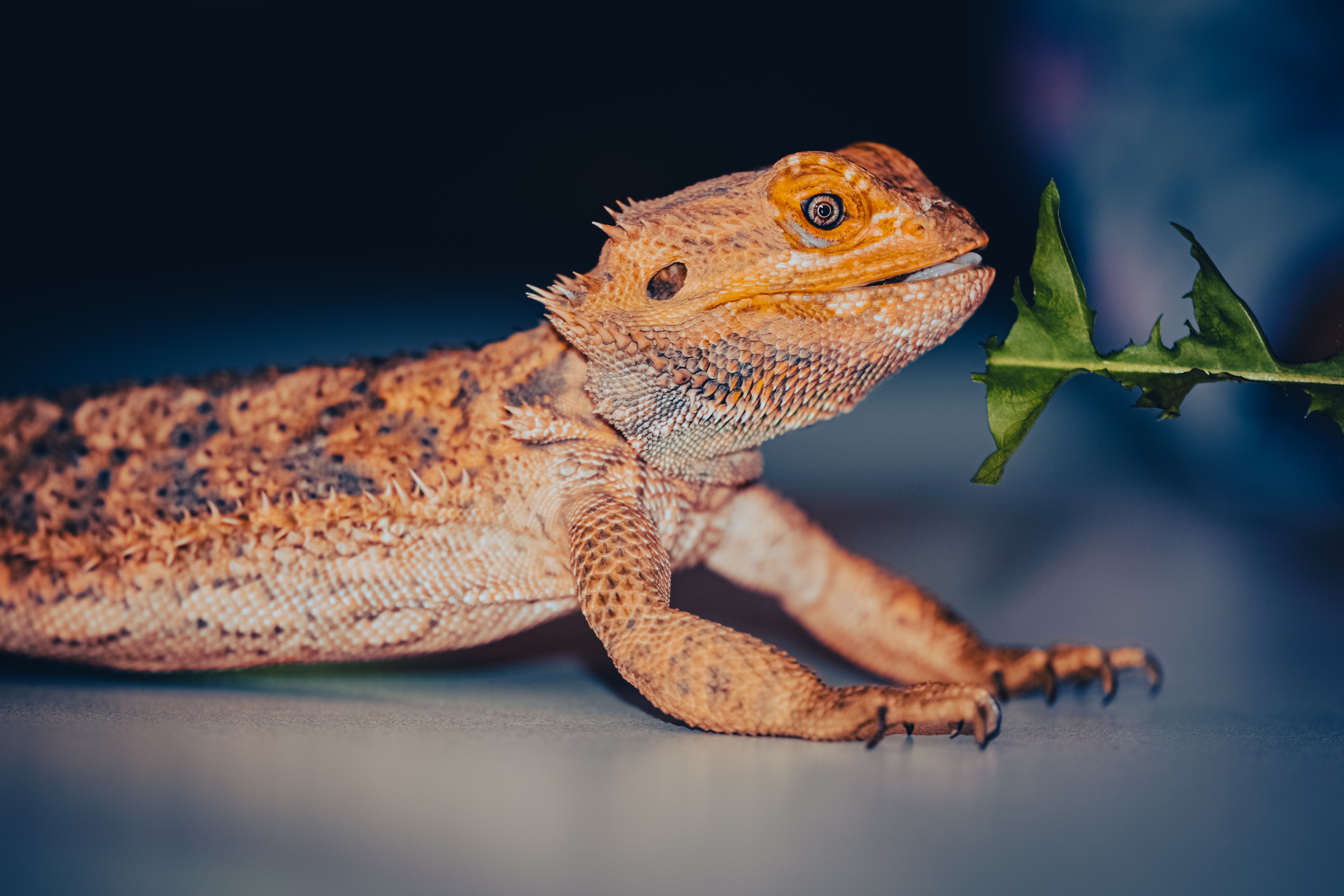 Photo by Alexas Fotos: https://www.pexels.com/photo/a-close-up-shot-of-a-bearded-dragon-12299691/
Photo by Alexas Fotos: https://www.pexels.com/photo/a-close-up-shot-of-a-bearded-dragon-12299691/Lifespan and Health
Pet Bearded dragons live for about 7 - 12 years.
Too much humidity in their enclosure can lead to respiratory problems and skin problems. To lower humidity you can increase ventilation, keep the water bowl away from the heat source, stop misting, or use a dehumidifier.
You can take them on supervised trips outdoors to soak up the heat and light of the sun. Always keep track of them and provide them with a sunny spot and a shady spot so they will always be comfortable.



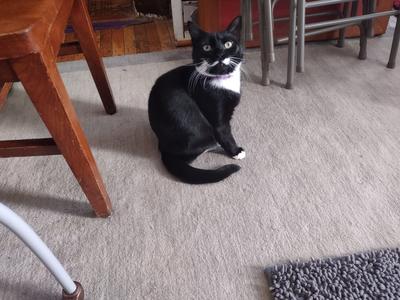


New! Comments
Have your say about what you just read! Leave me a comment in the box below.